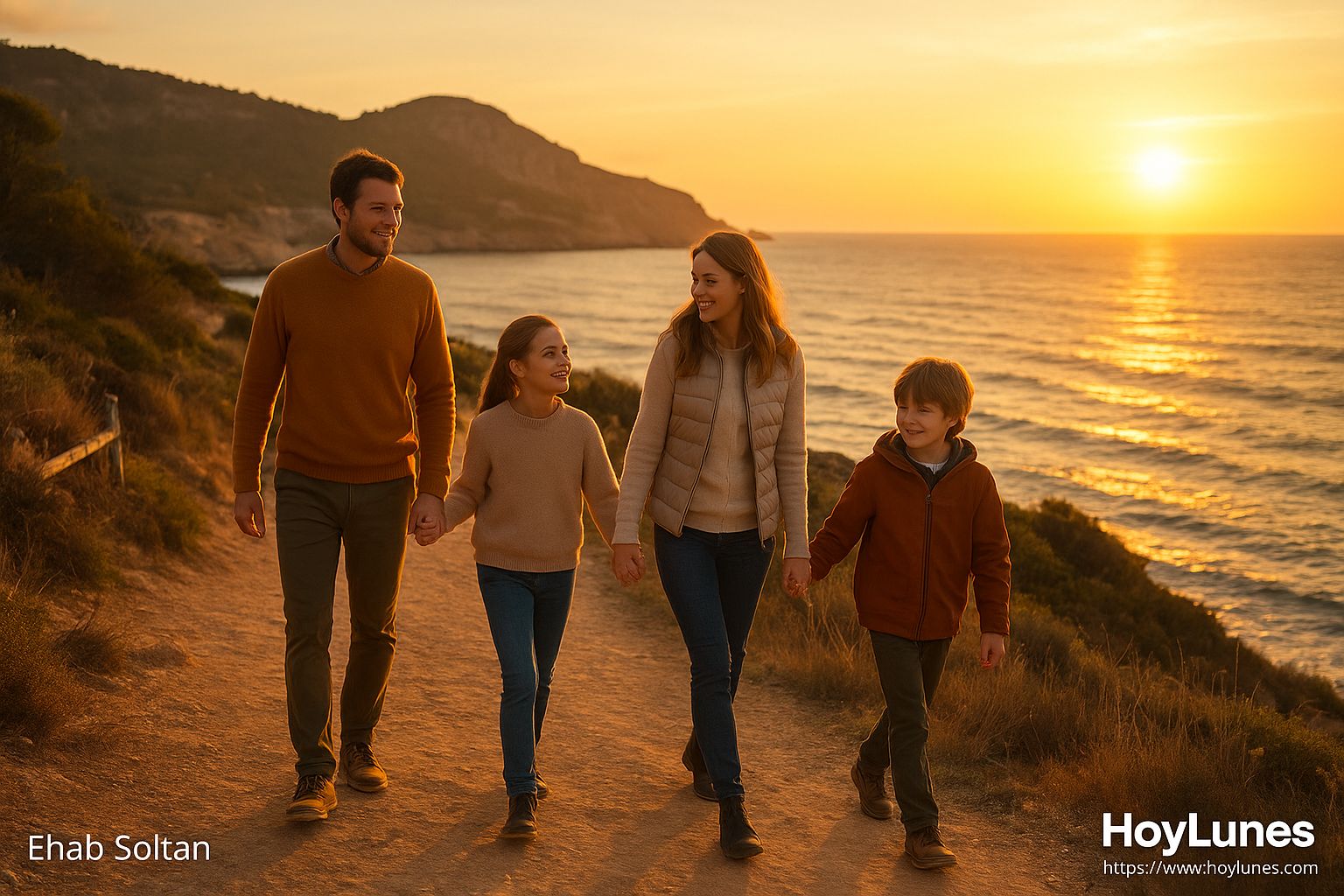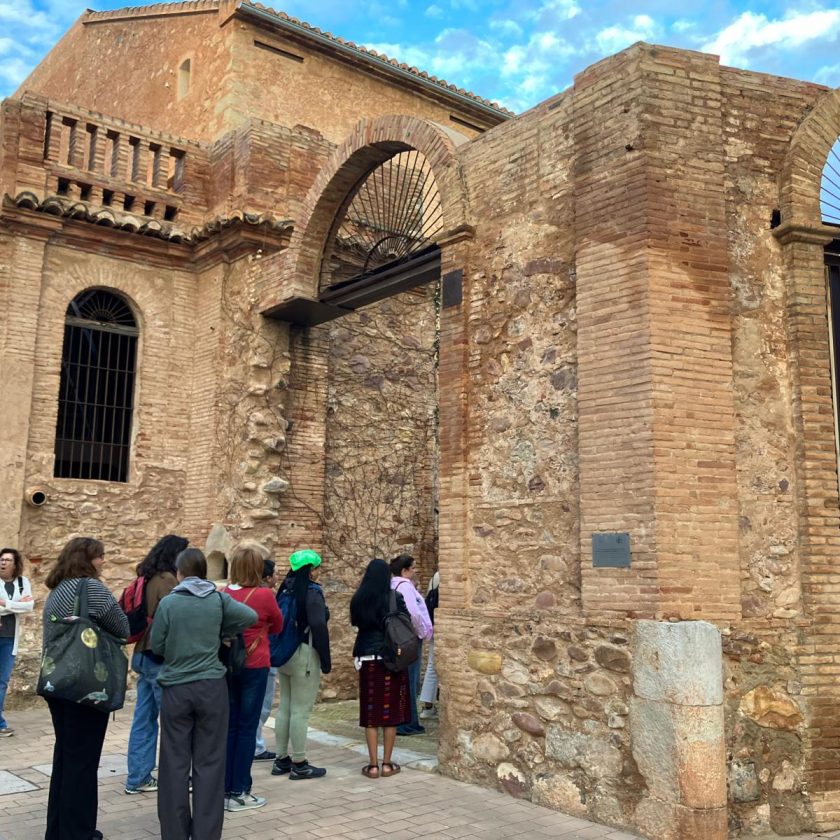From “winter sun” to active tourism: proposals, figures, and guidelines for Spain to turn the Christmas season into a responsible extension of its tourism success.
By Ehab Soltan
HoyLunes — In recent years, Spain’s tourism map has learned to speak more than one word: sun, beach, heritage… and now, increasingly, winter. While the summer season remains the economic locomotive of many areas, British demand for “winter sun holidays” — combined with an interest in active pursuits such as hiking, nature, and sports — offers Spain the chance to transform December, January, and February into a mid-value season for communities, businesses, and residents alike. But it won’t happen automatically: the country must manage costs, accessibility, regulations, and its public image to ensure that this revaluation is fair, sustainable, and lasting.
Why the British Matter at Christmas
The British market remains one of Spain’s main sources of inbound tourism: its proximity, familiar language, air connectivity, and family travel tradition make Spain a top winter destination for many UK travelers. Moreover, there is a growing trend toward combining “sun and calm” getaways with active pursuits — gentle trekking, cultural routes, and culinary experiences — that extend stays and increase local spending.
For Spain, this translates into three clear advantages: More tourism outside summer peaks. Higher hotel occupancy during the low season. A real opportunity to redistribute visitor flows toward less saturated destinations.
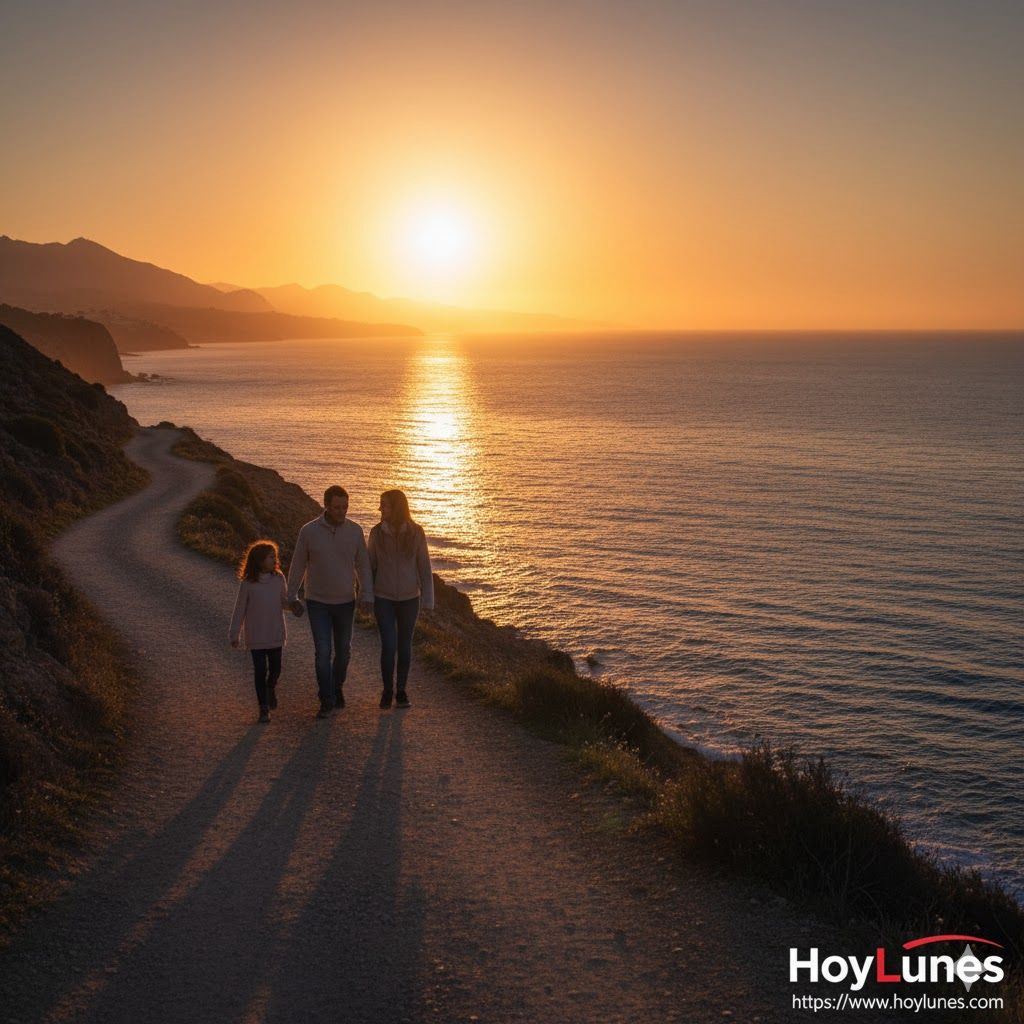
Specific Opportunities: Where and How to Win the Market
Canary Islands and southern Mediterranean coast: remain the first magnet for those seeking mild December sunshine. These regions boast a well-established product — direct flights, hotel and leisure infrastructure — and can capitalize on the “winter sun” brand.
Inland and “winter active” destinations: natural parks, hiking routes, quality rural accommodations, and wine–gastronomy experiences can attract British tourists seeking activity and nature, not just the beach.
Cultural and urban destinations: heritage-rich cities with Christmas markets, museums, and festive programming can appeal to visitors blending family time with urban exploration.
Wellness and health tourism: thermal spas, short retreats, and hotels offering wellness programs are increasingly appealing for couples and older travelers.
Specialized products: culinary routes, sustainable rural tourism, and “slow travel” experiences hold potential for building long-term loyalty.
Obstacles Highlighted by the British Press and Tour Operators
British media and travel agents identify three major factors that may discourage bookings for Christmas/winter:
Rising costs: total travel expenses — airfare, fuel surcharges, local taxes, and increasing restaurant/hotel prices — weigh heavily on decisions, especially as families evaluate cost-benefit in a period of tighter household budgets.
Regulations and procedures: occasional health requirements, baggage policy changes, or fluctuating local mobility restrictions create uncertainty.
Perception of over-tourism and loss of authenticity: some destinations suffer “fatigue” from summer crowds; that perception may extend into the off-season unless communication, diversification, and flow control are actively managed.
If Spain wants to seize the winter opportunity, it must respond to these concerns through tangible actions: price transparency, flexible booking and cancellation policies, and campaigns to reposition lesser-known destinations.
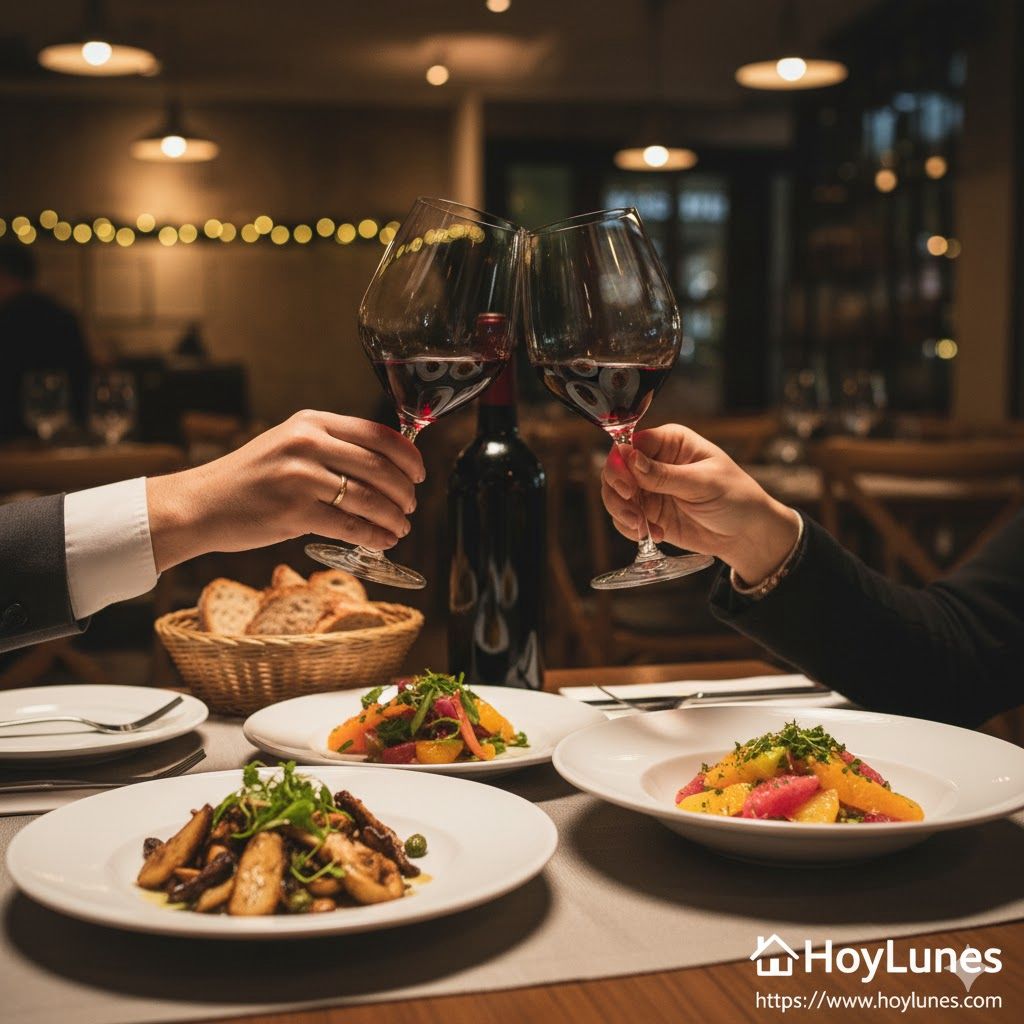
How to Position Spanish Destinations as Winter Alternatives
“Active winter” packages: combine low-cost flights with rural stays, local guides for hiking or cycling, and seasonal culinary experiences. Fixed-price packages reduce uncertainty and perceived costs.
Enhance regional connectivity: strengthen air and rail links from the UK to secondary airports and stations near parks and nature reserves.
Targeted campaigns and storytelling: focus on British travel media and digital platforms with destination stories — families spending Christmas in Spain, couples exploring nature trails — rather than mere promotional offers.
Sustainability and limits: introduce visitor caps and booking systems for high-demand routes; use dynamic pricing to favor off-peak stays; and reinforce regulations protecting natural spaces.
Local training and product development: train guides, hoteliers, and drivers in languages and winter hospitality; create experiences rooted in local products and cultural events rather than summer climate.
Image, Price, and Regulation: The Triad Behind Every Booking
The British press emphasizes that purchase decisions rest on the harmony between reasonable cost, clear and safe experience, and trust in local regulations. Spain must avoid mixed messages — offers that hide real costs — and develop pricing and policy frameworks that remain predictable during the low season.
Concrete Proposal: “Responsible Winter” Seal
Introduce a label for accommodations and activities meeting simple standards: transparent rates, flexible cancellations, local engagement, and sustainability measures (waste management, trail protection, group limits).
The seal would help British tourists book confidently while giving commercial value to operators investing in quality.
Economic Impact: Why This Strategy Matters
Extending the tourism season helps reduce seasonality (one of Spain’s structural weaknesses), improves annual profitability of accommodations and services, and creates more stable jobs. Moreover, experience-driven tourists — gastronomy, nature, culture — tend to spend more per day and distribute their spending across smaller municipalities, a key factor for economic decentralization.
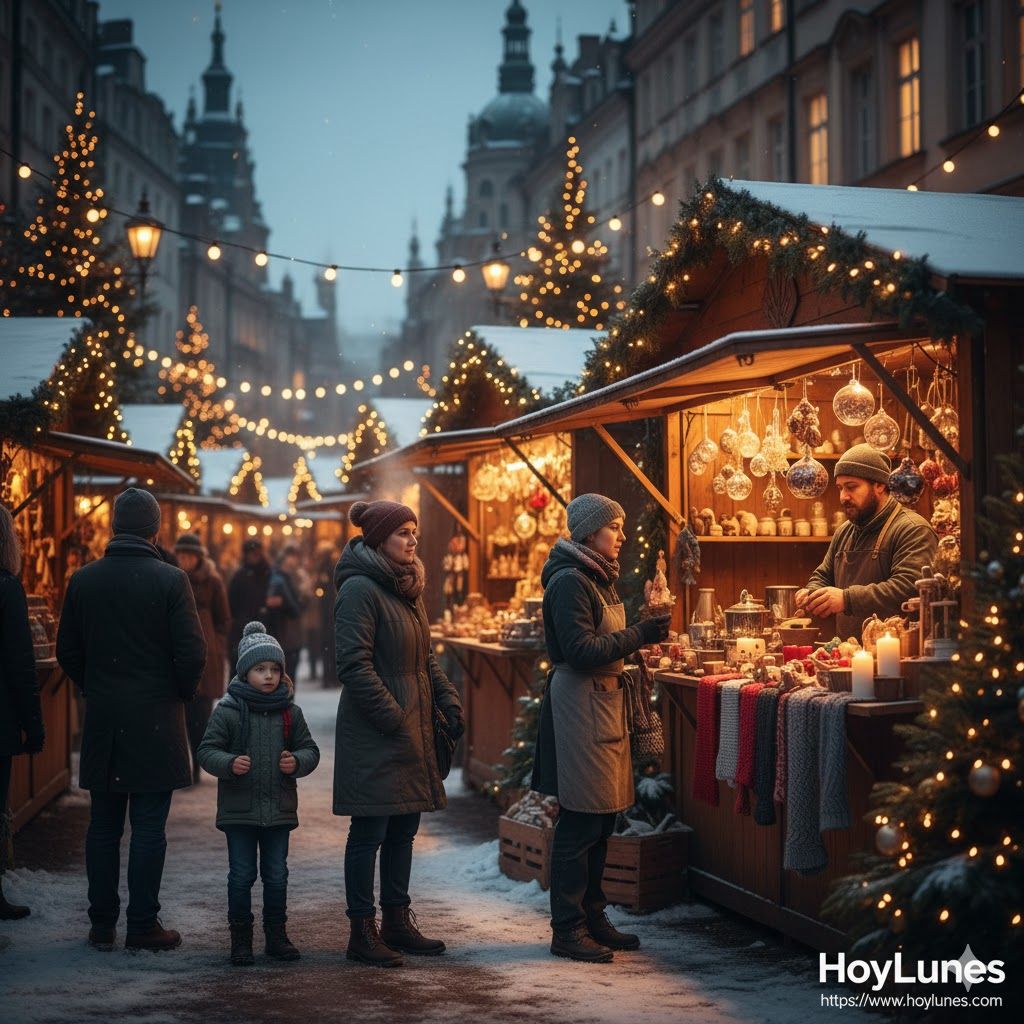
Governance Ecosystem: Who Does What
Central and regional governments: coordinate incentives (international campaigns, product reorientation support, regional airline partnerships).
Municipalities and park managers: regulate visitor flows, permits, and conservation measures.
Private sector (hospitality, agencies, transport): prioritize staff training, product packaging, and competitive pricing.
UK-based media and influencers: should receive consistent messages about safety, authenticity, and value.
Voices from the Ground (Mini-Dialogue)
“We came in December for the first time and found the Sierra trails empty, wonderful local guides, and excellent food. It was another Spain — more genuine,” says Sarah, a British visitor who returned the following year.
“If we structure our offer properly, the winter tourist doesn’t replace the summer one — they add to it”, replies Marta, owner of a rural house in inland Valencia.
This exchange captures the essence: experience and management determine whether a visit becomes a one-off or a loyal return.
Risks and How to Mitigate Them
Oversupply of cheap accommodation: prioritize quality and market segmentation over price competition.
Overcrowding in micro-destinations: introduce quotas, reservations, and green fees.
Lack of coordination: create permanent joint committees between public and private sectors to plan campaigns and cultural programming together.
Practical Recommendations (Roadmap)
Promotional campaign for the UK: emphasize “active and kind winter” with real itineraries and transparent prices.
Incentives for emerging routes: grants to improve signage, route safety, and guide training in inland and lesser-known areas.
Connectivity packages: partnerships between airlines and accommodations offering integrated packages with flexible cancellations.
“Responsible Winter” quality seal: symbol of trust and sustainability that simplifies purchase decisions.
Monitoring and data: real-time occupancy tracking systems to anticipate bottlenecks and adjust supply dynamically.
Conclusion: The Opportunity Is Real — Success Lies in the Details
Spain has the assets — climate, heritage, gastronomy, nature — to turn Christmas and winter into a meaningful, high-quality tourism season.
But to earn the respect of experts, policymakers, tourists, and locals alike, it needs more than campaigns: regulatory coherence, price transparency, well-crafted local products, and communication that speaks to both the heart and the mind of the British traveler.
The challenge is not merely to attract visitors in December — it’s to make them return in January and tell others that Spain offers something valuable in every season.
#hoylunes, #navidad_en_españa, #al_turista_británico,
